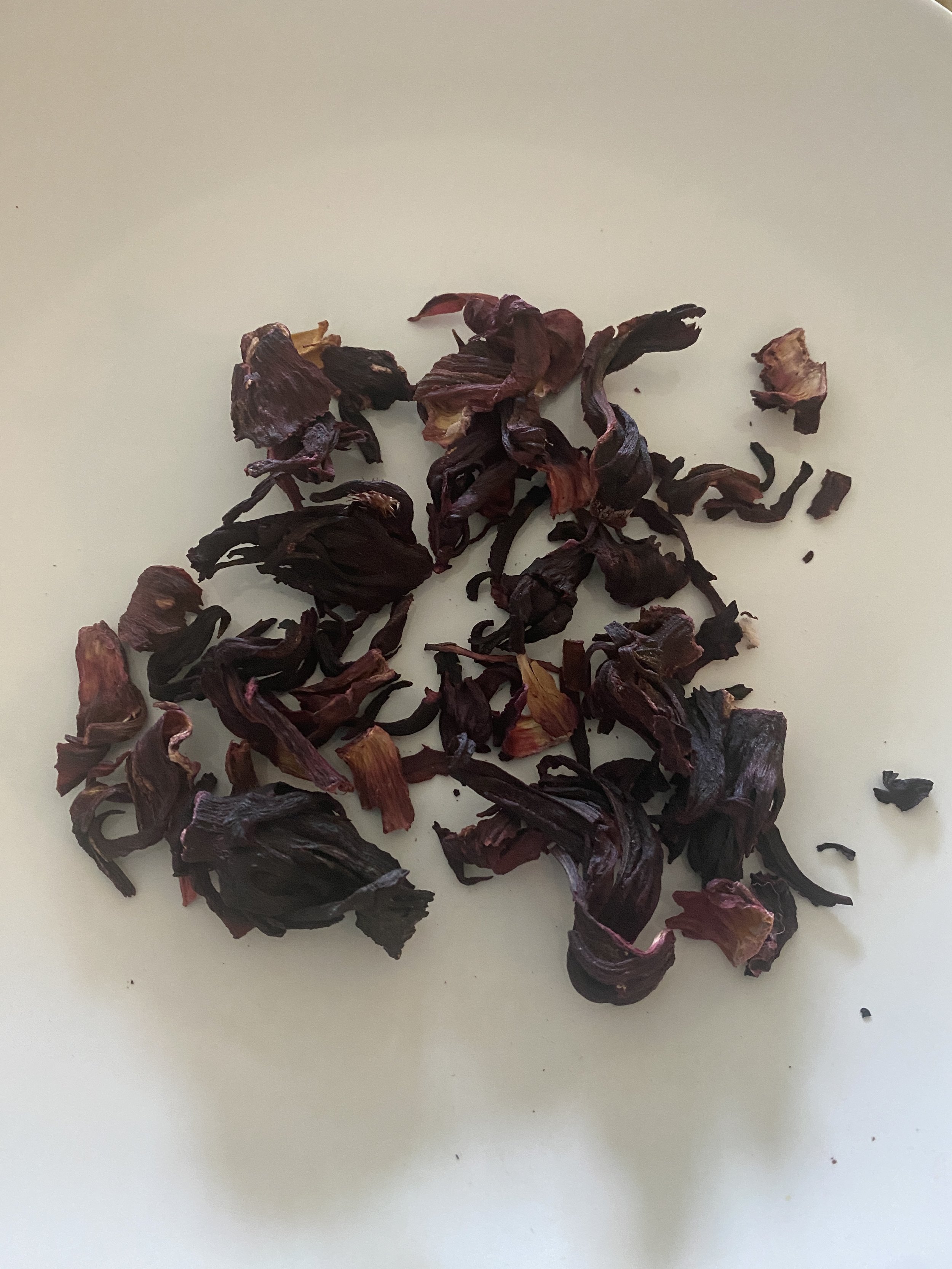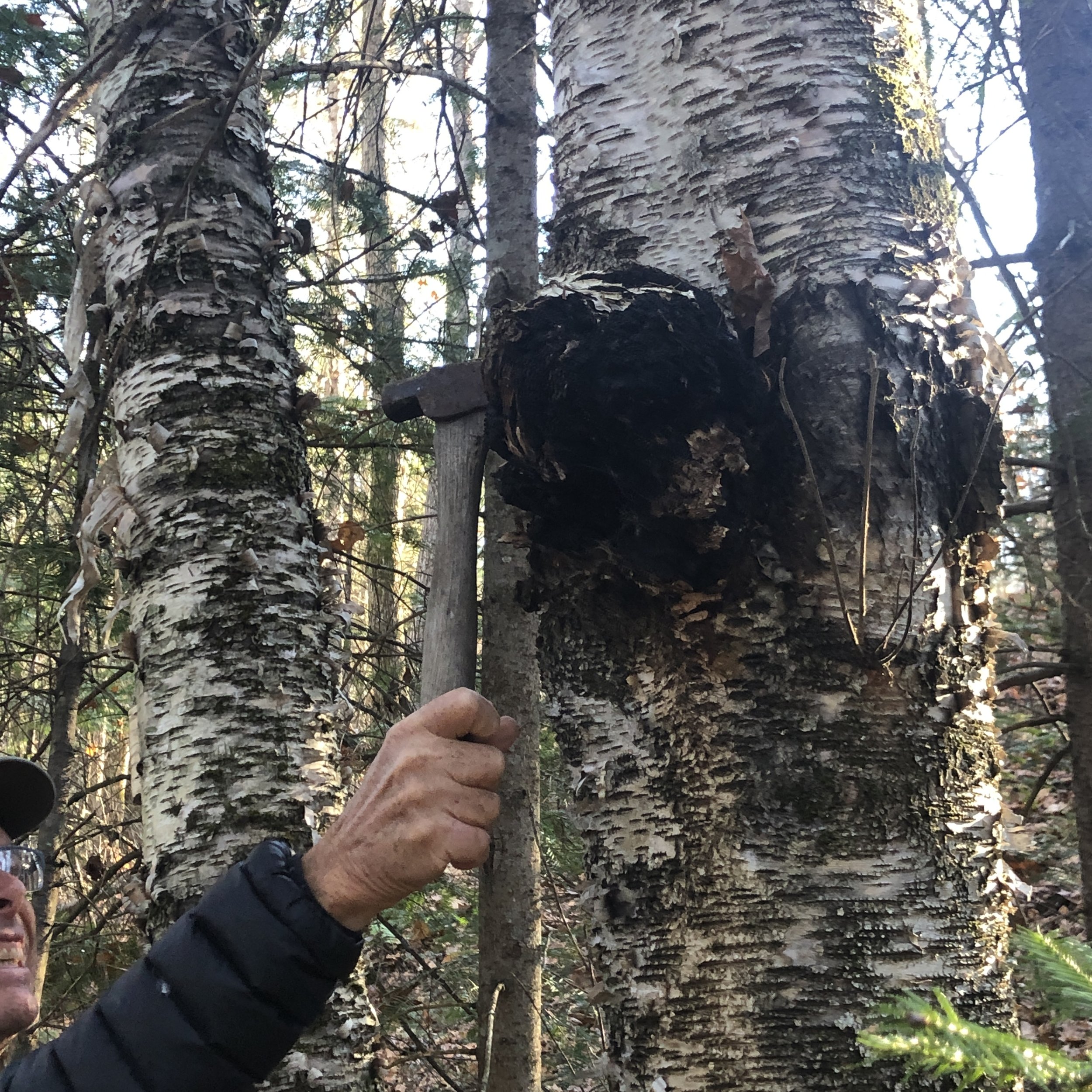Food and Medicine
Hibiscus Flower for a delicious and health-giving infusion
Hippocrates said: “Let food be thy medicine and medicine be thy food.” This was the wisdom from about 400 BC. That would have been quite a good strategy at the time but there are many more complications now, many of our own making. There would have been no distinction between what is categorised as food and what is medicine. Medicine and food are now two different categories.
Every country has discovered natural remedies that work for them. Many of these, such as Echinacea, have been used by Native Americans for more than 10,000 years. If there had been no perceived benefits then that would have fallen out of favour.
Another natural remedy is the cactus plant Aloe Vera. The gel from that can be used for soothing the skin from too much heat. Taken internally, it can also be used for cooling heat in the stomach. I am always rather in awe of how nature often has provided the antidote for all that ails one based on the climate of the country.
As many of you know, I am here in Mexico and while down here, for my own knowledge, I like to explore various herbal remedies.
One with which I am familiar because it can help with kidney stones is Doradilla and Cola de Caballo. Doradilla resembles a tumbleweed and Cola de Caballo looks like wood chips. The instruction is to boil the two together in water and to drink the liquid. Does this work? Like many natural products, these have never been subjected to the stringent rules of medical testing so one can only offer anecdotal information of those that this has helped. My brother and sister-in-law in the UK both had kidney stones and, by taking this infusion, they seem to have recovered well.
In Mexico, I discovered a drink called Jamaica. It is the flower of Hibiscus and is made by steeping the flower and boiling in water. The health benefits include lowering blood pressure, cholesterol and aiding in weight management. The hibiscus petals contain antioxidants and are high in Vitamin C. Because it is quite bitter, many add sugar to the concoction but I prefer this unsweetened. Irrespective of whether this helps with my slightly elevated blood pressure or cholesterol, this certainly seems a healthy alternative.
There is an interesting crossover in that Hibiscus is widely used in Traditional Chinese Medicine, was used by the ancient Egyptians, and reference to the benefits of drinking this infusion appears in many other countries.
Chaga taken from a birch tree on one of my expeditions to Wilberforce in Ontario - darkish brown where it attaches to the tree and black on the outside
Using an axe to cut chaga from the birch tree
Chaga mushroom (Inonotus obliquus) is a type of fungus that grows mainly on the bark of birch trees in cold climates, such as Northern Europe, Siberia, Russia, Korea, Northern Canada and Alaska.
Chaga is also known by other names, such as black mass, clinker polypore, birch canker polypore, cinder conk and the sterile conk trunk rot (of birch).
Chaga produces a woody growth, or conk, which looks similar to a clump of burnt charcoal — roughly 10–15 inches (25–38 centimetres) in size. However, the inside reveals a soft core with an orange colour.
For centuries, chaga has been used as a traditional medicine in Russia and other Northern European countries, mainly to boost immunity and overall health.
It has also been used to treat diabetes, certain cancers and heart disease.
Traditionally, chaga was grated into a fine powder and brewed as an herbal tea.
(Description taken from Healthline)
——
There is one important caveat. Just because a product is natural, that does not mean that its effects are benign. If you are taking an allopathic medicine, it is important to consult with your medical professional because there can be contraindications.



